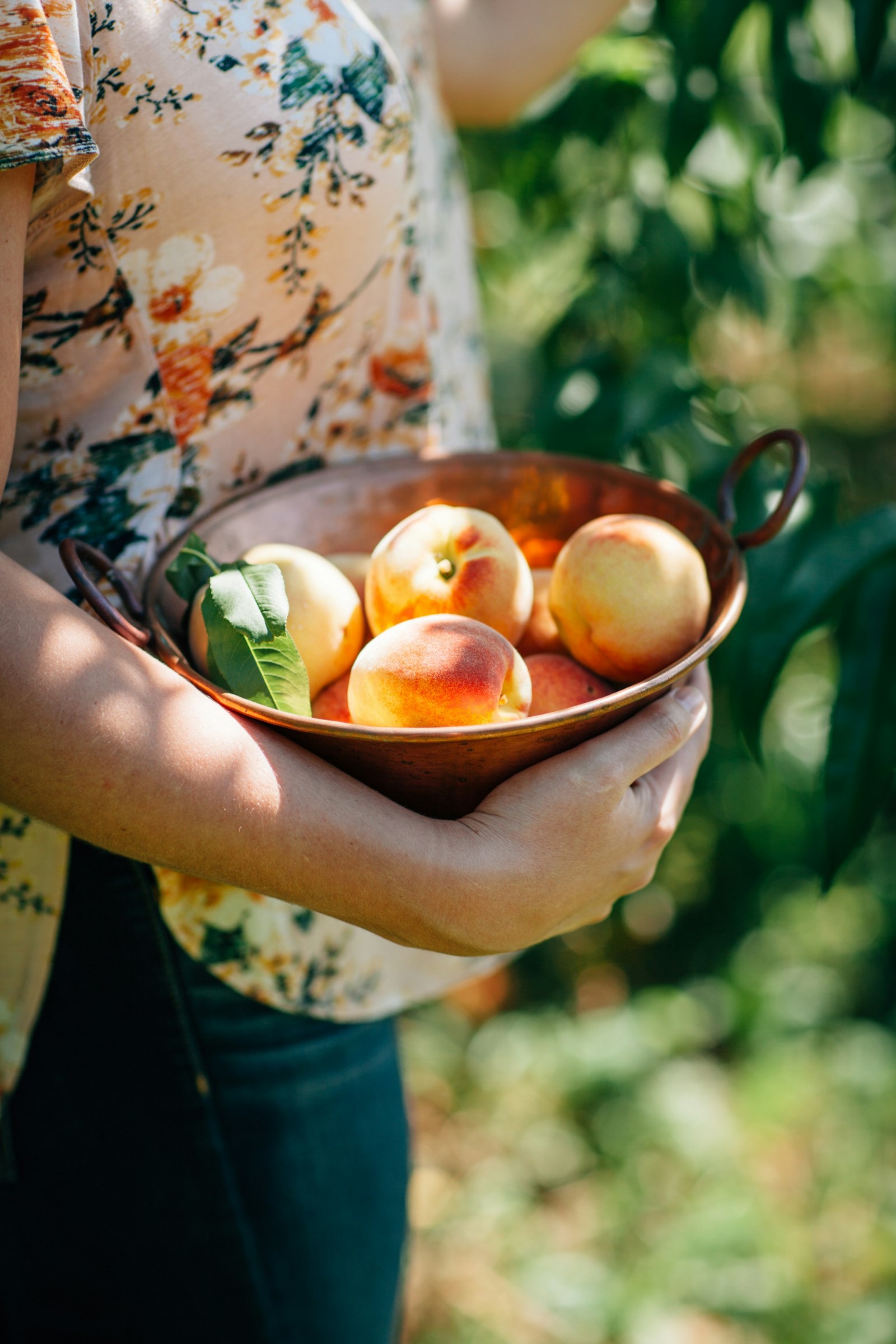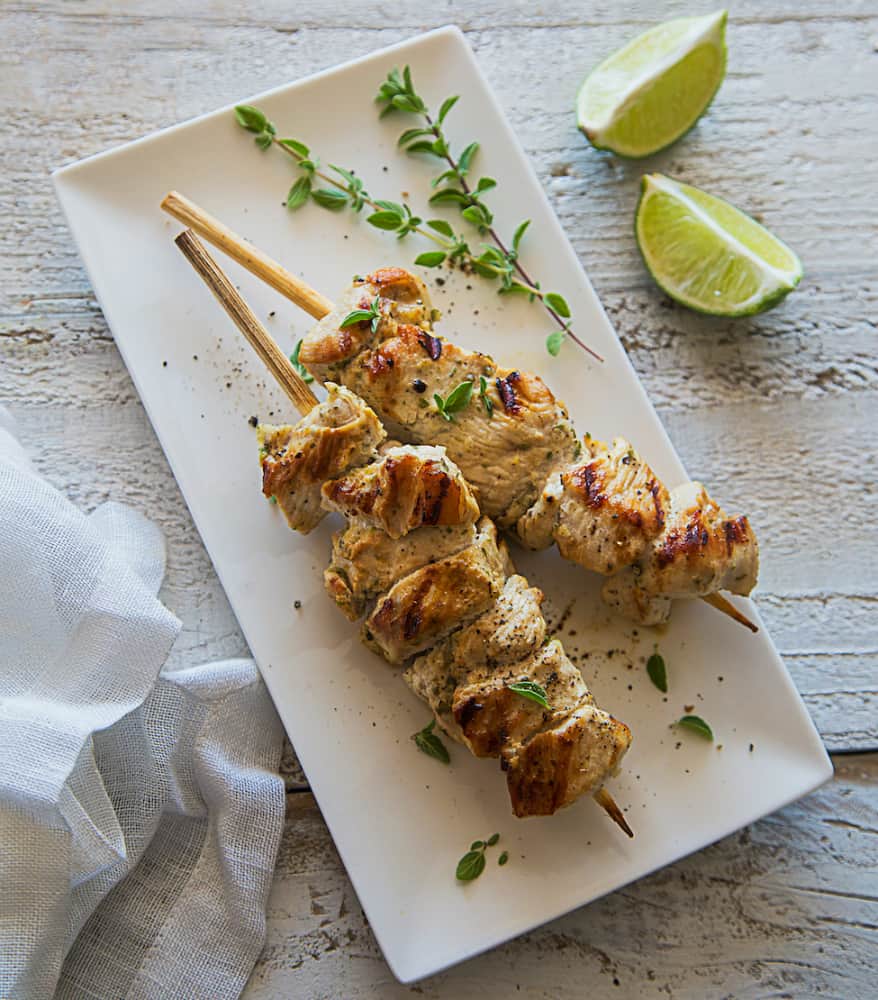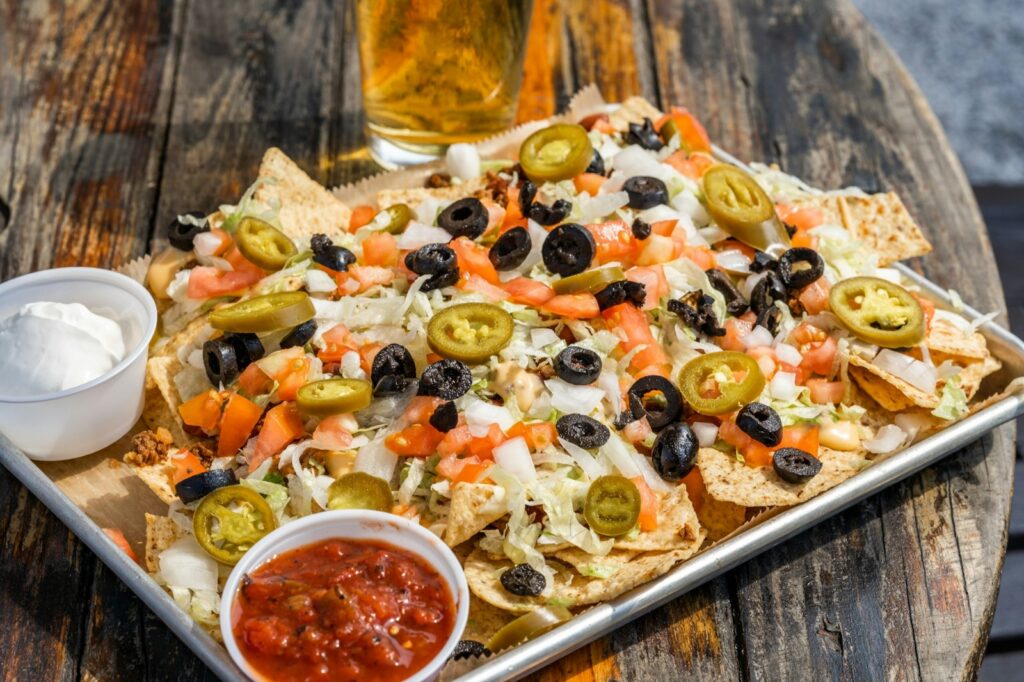Hate Wasting Money? Use These 7 Hacks To Feed Your Family For Less
This post contains affiliate links including Amazon affiliate links.
Managing a household’s budget is getting tougher day by day. For many, it feels impossible to keep food costs in check as grocery prices surge higher than ever.
Use these grocery shopping strategies and cooking tips to save money and cut down on your household food budget.

1. Set a budget and stick to it
Setting a budget is the cornerstone of sound household financial management. By determining a stipulated amount to spend on your groceries each month, you can avoid the pitfalls of overspending and enhance your ability to make deliberate decisions about what your family eats.
While the idea of managing a budget can feel overwhelming, a number of digital tools exist to help streamline this process. Apps like Mint and YNAB offer proactive approaches to your overall household budget and provide a real-time look at your finances.
For those preferring a method more tailored to grocery shopping, the Flipp app aggregates weekly ads and coupons, making it easy to save without scouring through newspapers or multiple websites.

2. Perform regular inventory checks
Taking stock of what you have is an excellent way to avoid buying items you don’t need and better utilize the ingredients that are already at your disposal. Not only will this ensure that you minimize food waste, but it also encourages you to plan meals based on what you already have.
Checking your pantry before you grocery shop may feel like a tedious chore, but you can streamline the process with a few organizational strategies.
For instance, group like items together — spices with spices, canned goods with other canned goods — to make it easy to know what you need. Use clear storage containers for bulk items like pasta, rice, and cereal to help you see at a glance what is left.
Here are some canned good recipe ideas.

3. Shop smarter
Smart shopping habits are key to making the most of your grocery budget. An easy first step is finding out if your regular grocery store has a loyalty program that can provide substantial savings over time.
Buying items in bulk, like non-perishables or household regulars, can be a great way to save money — contingent, of course, on having enough storage in your home.
Another savvy shopping strategy is to buy fruits and vegetables that are in season or buy your produce directly from farmers through markets or stands. This approach saves money by cutting down on transportation and storage costs.
The most important thing is setting an intention for your trip with a list. Implement a weekly meal plan and curate a list based on needs to reduce the opportunity for impulsive and unnecessary purchases.
When thinking about your meal plan (I have meal plan options), consider incorporating cost-effective themes like Meatless Monday to further reduce your costs, as meat tends to be a more expensive option.
4. Safe storage is happy storage
Proper storage can extend the life of your perishables, ensuring you get the most out of your purchases. When food remains fresh longer, you reduce waste and save money.
For perishables, it is important to know the best storage conditions for different foods. Some fruits, for example, emit natural gases that prematurely ripen the foods around them.
Investing in a vacuum sealer is another smart strategy to reduce costs in the long run. Vacuum sealing can extend the freshness of food by preventing freezer burn and spoilage, making it particularly useful for meats, cheeses, and some vegetables.
Consider looking for a second-hand option at a local thrift store or a refurbished option at an electronics store.
Lastly, pre-portioning snacks into small bags or containers ensures that they don’t go stale from accidentally being left open. This can also help to prevent overeating and overspending on pre-packaged snacks.

5. Batch cooking is a lifesaver!
Batch cooking is a cost-effective strategy that is aligned with busy lifestyles. By cooking in bulk, you take advantage of buying ingredients at lower prices, while allowing you to prepare multiple meals at one time.
It ensures that your family always has healthy, home-cooked meals on hand, reducing the temptation to order expensive takeout on busy nights.
It is essential to choose recipes that scale easily, store well, and defrost without impacting taste or texture. Slow-cooker recipes, soups, ground turkey chili, and curries are ideal because they typically taste even better after the flavors meld and can be reheated without a loss in quality.
Try out a delicious white bean soup that can easily be divided into portions for the week’s lunches or frozen for future use, or a loaded broccoli cauliflower casserole that can even be made with frozen vegetables.

6. Use leftovers creatively
Repurposing leftovers is an art that offers multiple benefits. It allows you to save not only money but also time during busy weekdays when cooking fresh meals from scratch isn’t feasible.
By viewing leftovers as ingredients for new recipes, you open up a world of untouched culinary possibilities.
Extra portions of a beef stew might become the filling for savory pies, or an additional batch of roasted vegetables can be turned into a hearty frittata.
Try out a green chile chicken or chicken tetrazzini with your leftover chicken or rotisserie. By seeing leftovers as components for new dishes, you can maximize your food’s potential and minimize waste, making this an invaluable practice for busy, budget-conscious families.
7. DIY your foods
DIY approaches to your food can be a great way to cultivate a more sustainable and resourceful way of living that benefits your wallet and health.
For example, growing herbs at home is an easy way to test out your green thumb. This means that you will always have a fresh supply for cooking, making dishes more flavorful while sidestepping the steep prices at the grocery store.
Here are vegetables you can regrow to save money.
If your family opts for plant-based milk, like almond, oat, or soy, consider making your own. This process provides a cost-effective alternative to expensive store brands while ensuring that there are no unnecessary additives.

Did you know it’s easy to make your own nut butters? You can save a lot of money if you are obsessed with almond butter like I am!
Similarly, fermenting vegetables to make like sauerkraut or kimchi can extend their lives — and homemade versions of these gourmet foods are significantly cheaper than store-bought versions.
Use leftover vegetable scraps and bones to make a homemade bone broth. This is an excellent way to utilize every part of the food you purchase and provides a flavorful and fresh base for soups, stews, and sauces.
To make this process easier, I add the vegetable scraps to a ziplock bag in my freezer, and then when I’m ready to make chicken bone broth I grab the bag and the chicken bones and I only need to season the broth.
Start saving
Eating well should never come at the cost of quality. By adopting these simple strategies, you can feed your family delicious and nutritious meals while also keeping your finances happy.
Whether it’s tools to track spending or getting creative in the kitchen with leftovers, each step brings you closer to a budget-friendly kitchen.
More Food Tips That Will Save You Money
- Proper Mushroom Storage Tips
- Freezing Avocado Tips
- Potato Longterm Storage Tips
- Onion Storage Tips
- How to Make Heavy Cream
- How to Make Brown Sugar
This article originally appeared on Food Drink Life.
DISCLOSURE: Not intended for the treatment or prevention of disease, nor as a substitute for medical treatment, nor as an alternative to medical advice. Use of recommendations is at the choice and risk of the reader. Ditch the Wheat is a participant in the Amazon Services LLC Associates Program. As an Amazon Associate I earn from qualifying purchases. I may receive monetary compensation or other types of remuneration for my endorsement, recommendation, testimonial and/or link to any products or services from this blog. I only endorse products that I believe in.

Sara Nelson
Sara Nelson is the food blogger behind Real Balanced, a site that shares easy and balanced recipes. Since 2017, she has shared delicious, nutritious, and allergy-friendly recipes with thousands of blog readers and social media followers. Sara lives in Wisconsin with her husband, two children, and their dog.
Gluten Free Resources
Do you need help with gluten free meals?
I recommend this meal-planning app. It makes cooking gluten free dinners extremely easy and family-friendly.
What gluten free snacks can I eat?
Lots! I have a ton of practical gluten free snack recipes in my cookbook.
How can I eat dessert on a gluten free diet?
You can 100% eat dessert while eating gluten free. Try my dessert cookbook for easy gluten free dessert recipes.
How do I know what is gluten free and what isn’t?
I have a whole section is it gluten free?
How do I make substitutions?
If you need substitution advice I created a ton of resources here.







